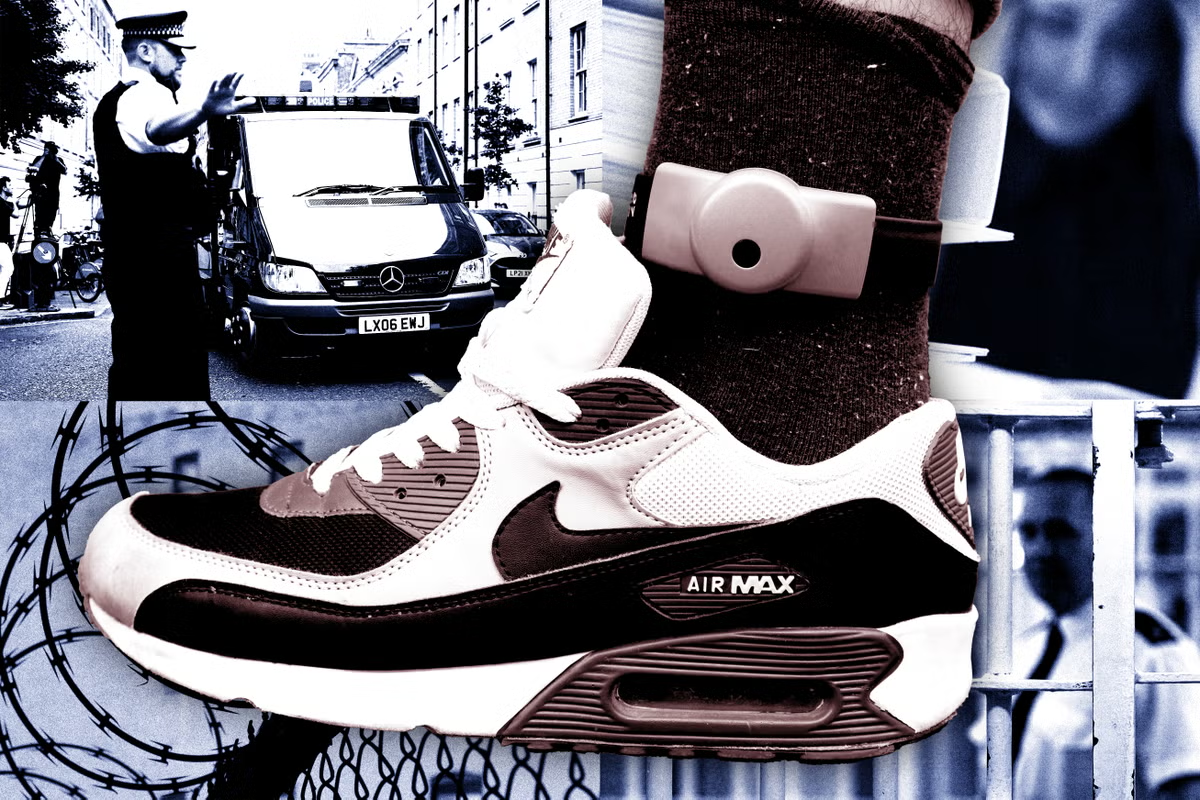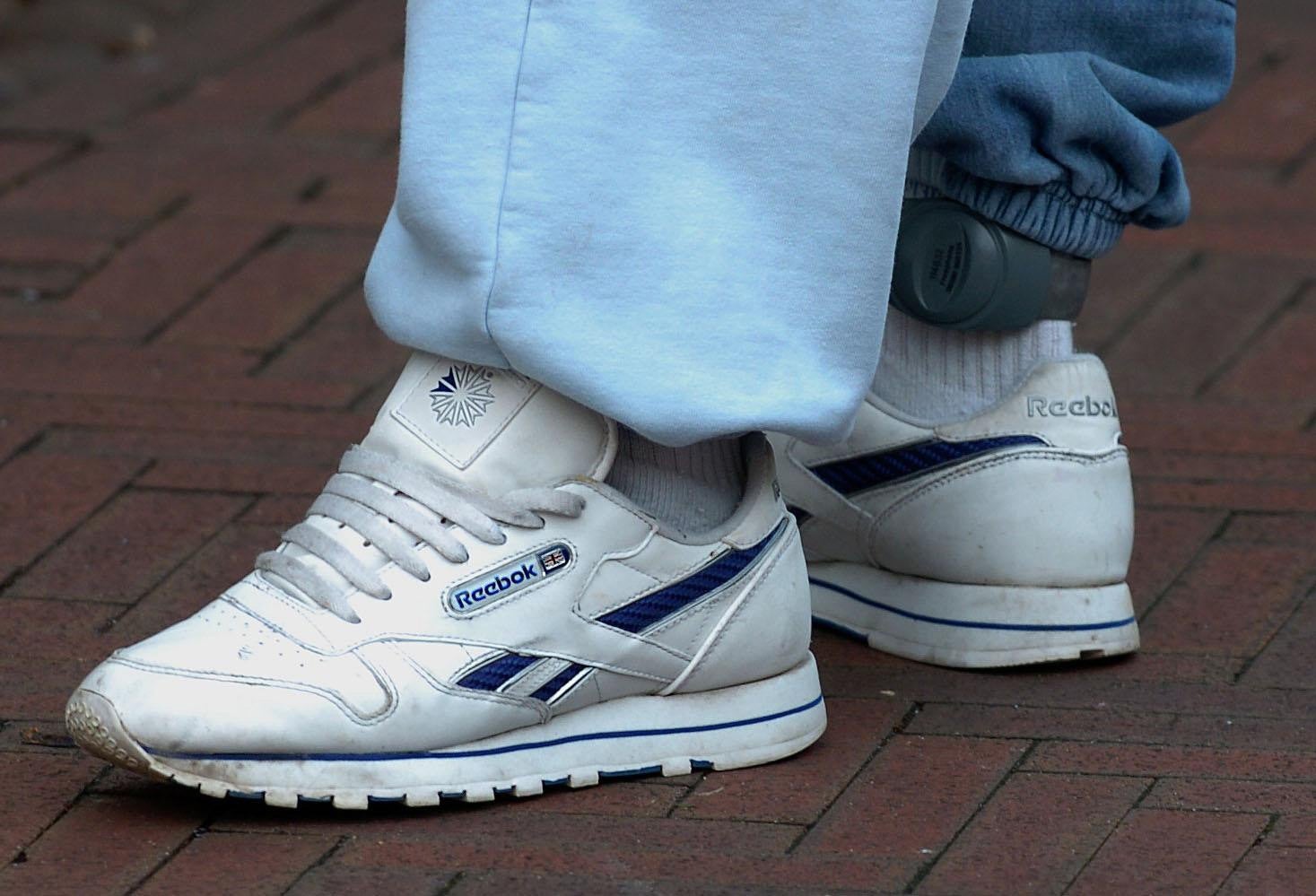News Beat
The probation service is in a state of perpetual crisis. Can it protect the public from tens of thousands more criminals on the streets?

With Britain’s crisis-hit prisons overflowing, ministers are pushing through plans for tens of thousands more criminals to be electronically tagged and punished in the community.
But with the Probation Service in a state of perpetual crisis – with too few staff handling too many cases and units missing 74 per cent of targets – fears are growing it is being “set up to fail”.
Martin Jones, the chief inspector of probation, said the reforms – currently progressing through parliament under the Sentencing Bill – are an “opportunity to transform our justice system”.
But he warned they risk “collapsing public confidence in probation” if they are implemented wrongly, adding that tagging will not stop criminals from reoffending unless they have enough trained staff to help them turn their life around.
“I think there is a danger that unless the government thinks very, very carefully about how it deploys probation resources… we will set up the Probation Service to fail and that is clearly unacceptable,” he told The Independent.
Unions representing beleaguered probation officers also fear a promised £700m cash injection to meet the extra demand will be swallowed up by expensive contracts with private tagging firms, rather than used to bolster frontline staff.
It comes after the government spending watchdog, the National Audit Office (NAO), found the service faces a shortfall of 3,150 full-time staff next year – even if it meets ambitious recruitment targets.
Meanwhile police chiefs are preparing for a 6 per cent spike in reported crime in the first year of the reforms, as they demand £400m in additional funding to cope.
‘Inadequate’ funding to turn around service in crisis
Mr Jones said all 30 probation delivery units he has inspected since he was appointed as the probation watchdog in January last year have been rated as “inadequate” or “requires improvement”.
Moreover, performance has worsened since the Probation Service was brought back under public control in 2021, according to a damning NAO report published last month.
The service is currently only meeting 26 per cent of targets set by His Majesty’s Prison and Probation Service (HMPPS) and overworked staff are still reeling from repeated early release schemes, which have put them under immense strain.

Tania Bassett, national official at NAPO, which represents thousands of probation officers, warned members have “no faith” that the £700m of extra funding promised by 2028 will reach frontline services.
“We fear that it will go – pretty much all of it – to private tagging companies and private IT firms for this push on AI,” she told The Independent.
“There’s been absolutely no promises in terms of that being invested in frontline staff or premises – a number of which are barely fit for purpose.
“I don’t think any of that money is going to go where it’s critically needed. I think it’s going to be tying a bow around what’s already falling apart.”
Peers from the House of Lords’ Justice and Home Affairs Committee have branded the government’s funding plans “inadequate” as they raised questions over how staff will monitor up to 22,000 extra offenders expected to be tagged in the community.
Tagging is not a ‘panacea’
In a letter to prisons minister Lord Timpson last month, peers said they had “major concerns” over the ability of both probation and private contractors to handle the increase – which is the largest in a generation.
In 2023, Serco was awarded a £200m contract for tagging in England and Wales, despite previously being fined £19.2m for billing the government for tags for offenders who had died, were in jail or had the left the country.
A Channel 4 investigation earlier this year found some offenders were being left untagged for weeks. Serco said it was improving its performance “at pace”.
Peers warned a “near doubling” of those tagged represents an “enormous challenge” considering existing pressures on the system.
“The share of the much-trailed £700m over the next four years that goes into staff hiring, development, and retention is almost certain to be insufficient,” they wrote.
“We believe without major changes, the system risks being overwhelmed and the Probation Service is being set up to fail.”

Ms Bassett agreed tagging can be a useful tool but said it should “never be seen as a panacea”.
“If used correctly it can help, but on its own it doesn’t offer any rehabilitation or address the causes of crime,” she added. “It has to be used in conjunction with other types of supervision.”
Mr Jones agreed that tagging “simply gives you information” – but does not stop somebody committing an offence.
He called for investment to be focused on supporting frontline staff, boosting drug treatment services and ensuring that people leaving prison have somewhere to live.
“We know that if somebody leaves prison and they’ve got nowhere to live, the chance of them reoffending doubles immediately,” he added.
“If there’s a choice to be made here, I’d rather have more probation officers trained and able to do that very difficult job that we’re asking them to do, of working with people, understanding the risk they pose, and giving them the help that they need to turn their lives around.
“And tags play a role in that, but they are simply a tool, and ultimately, what you need is more probation staff to do that very difficult job.”
Recruiting probation officers is like ‘trying to fill a leaking bucket’
Mr Jones said overstretched staff have “performed heroics” responding to recent early release schemes which have seen inmates freed after just 40 per cent of their sentence to ease prison overcrowding.
“You probably had people working deep into the night, into the weekends, to ensure the arrangements worked about as well as was possible in the circumstances,” he added.
“And I think we owe them an enormous debt of gratitude as part of that. But if you look beyond that story of success, you’re just heaping more pressure on people that are already overworked.”

He said trying to fill vacancies in the Probation Service is like “trying to fill a leaking bucket” as staff continue to leave in their droves amid soaring workloads. This has also left the service with an inexperienced workforce, with some offices in which newly qualified probation officers are the most senior staff on the team.
The government has pledged to recruit 1,300 more probation officers by April next year, but this still leaves them 3,150 short, according to the NAO’s report.
And given it takes at least 19 months to train a probation officer, it will be a long time before new recruits are ready to take on full caseloads.
The inspector, who previously spent nine years leading the Parole Board, believes the government needs to reduce the scope of some probation supervision to help them cope. This includes focusing efforts on the first six months after release, the highest risk offenders and those trapped in destructive cycles of reoffending.
He urged ministers: “Don’t simply ask them [probation staff] to work harder and harder and longer and longer, because that’s one of the reasons why I think the Probation Service is in a perpetual crisis, because you’re always asking them to go the extra mile and sometimes you’re going to run out of road if you do that.”
Ms Bassett said her members feel “gaslit” after it emerged HMPPS had miscalculated how many staff were needed to monitor offenders by over 5,000 roles in 2024. As a result, many probation officers faced performance reviews while being expected to complete unrealistic workloads.
Meanwhile unions are still waiting for a response to their 12 per cent pay claim for next year. They say workers earning £30,000 have faced a real terms pay cut of £21,060 as salaries have failed to keep pace with inflation.
She added: “If they don’t prioritise the workforce there won’t be a workforce. The staff have been undervalued and under recognised.”
A Ministry of Justice spokesperson said: “This government inherited a Probation Service under immense pressure and this has placed too great a burden on our hardworking staff.
“We are fixing it, with 1,000 trainee probation officers recruited last year and plans to recruit at least 1,300 more by April.
“We are also increasing the probation budget by up to £700 million over the next three years and investing in new technology to reduce admin so staff can focus on work that reduces reoffending, helping to protect the public as part of our Plan for Change.”










